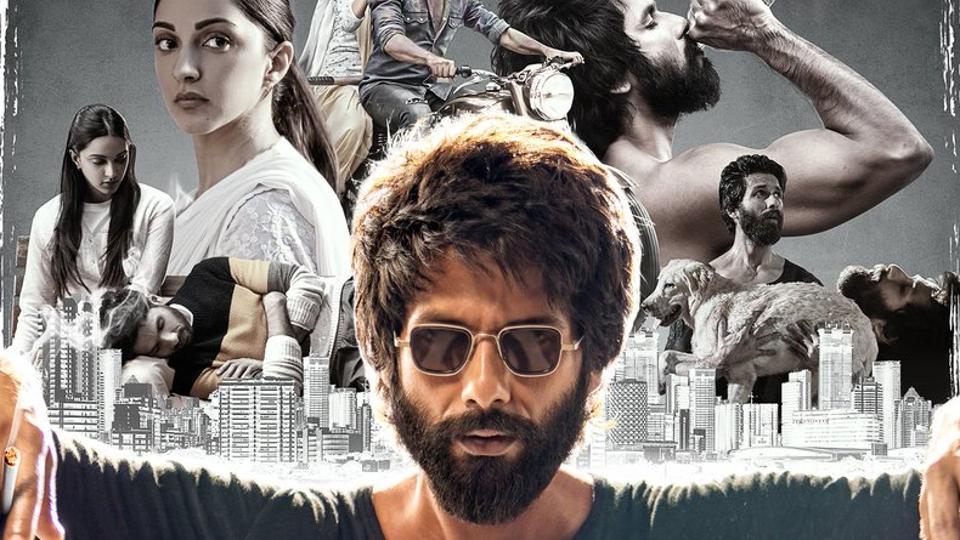The Indian Cinema has been an epitome of reality since its inception. Whatever is portrayed on screen becomes the breeding ground for whatever flourishes off screen. Having said that, despite the large crowds at the theatres and the success of blockbusters, the bulk of films released have one thing in common: males are portrayed as characters who meet society's concept of masculinity, while female roles are reduced to misogynistic ideals. As a result, gender stereotyping, the quality of media being viewed by the public, and the misconception of a balanced society have all been highlighted as a result of the lack of equality on and off-screen.
By Salonii KhemaniBlogs
Bollywood and Female Representation: An Overview
Individuals who are young and have just started to experience noble things in life often tend to get influenced by the kind of environment they are surrounded by, in which television constitutes a major role. Depictions of women and how they should be treated in the society is one of the many things adolescents latch onto which therefore shapes their future expectations from the females of their households.
Several films use supporting characters to push their beliefs on the ideal woman—they play love interests or pursue occupations that appear 'nurturing,' coming across as feeble and submissive beings with little opportunity for thought or dispute. Apart from being far from reality, such films give an erroneous idea of women's talents and interests, thereby unintentionally sowing the seeds of inequity in people's thoughts.
Kabir Singh, one of the year's highest-grossing films, was criticised for portraying an abusive relationship as a concept of love, and for portraying the main character, Shahid Kapoor, as an entitled man-child who treats his beloved like property. Singh is the embodiment of toxic masculinity, yet he is forgiven in the end and reclaims his lady. The box office success of such an outspoken exaltation of misogyny demonstrates how far we still have to go. The majority of Bollywood relationships have always been purely about male desire, with women having no agency of their own.

Such movies are not a success without having “item” songs wherein a woman is objectified left and right, either through the lyrics of the song or through the setting of how the music video has been shot. These songs contribute to the problem by encouraging the dangerous notion that catcalling and sexual harassment of women are acceptable. A few Bollywood films have attempted to address the subject of feminism, however with the major purpose of a film being financial success, faux-feministic films have begun to emerge.
Having a more positive outlook towards how changing times have somewhat evolved Bollywood in some way or the other, movies such as Queen, Lipstick Under My Burkha, Pink, English Vinglish have not only helped portray women as the main characters of their lives who are very well capable of being independent, regardless of a male love interest in their life, but have also sowed the idea that it is, therefore, possible to direct movies that can be blockbusters in the future and disrespecting women is not a prerequisite for it.
Although considerable achievements have recently been made in portraying relatable women from many areas of life, there are some caveats. Patriarchy is strongly rooted in the very foundations of Indian society and culture, which is mirrored in its films. Cinema is primarily viewed as a source of escape, and hence appeals to a predominantly male audienceFilmmaking is a business that thrives on the validation of its audience. As a result, filmmakers are hesitant to deviate from stereotypes in order to cast women in pivotal roles. As a result, it is up to the audience to break the vicious cycle of supply and demand by supporting progressive films.
In Bollywood’s eighty-year history, female characters have taken on a variety of roles, from sacrificial mother to begging damsel in distress to a woman in charge of her own fate. Although progress is sluggish and gradual, the number of powerful women depicted on film is progressively increasing. The success of movies like Tumhari Sulu, NH10, Neerja, and Parched, among others, demonstrates that ladies can be trusted to carry a whole film on their shoulders. However, there is still much work to be done, and there should be a stronger sense of empathy and sensibility when it comes to highlighting real women and their difficulties.





